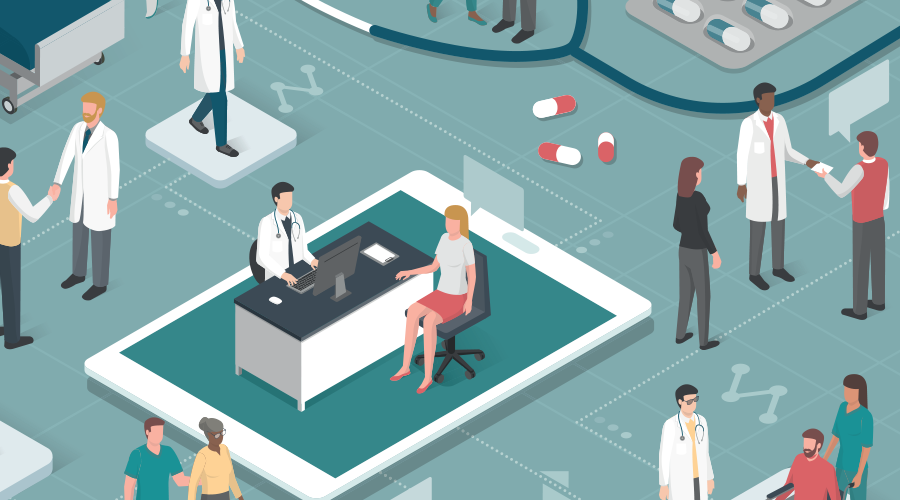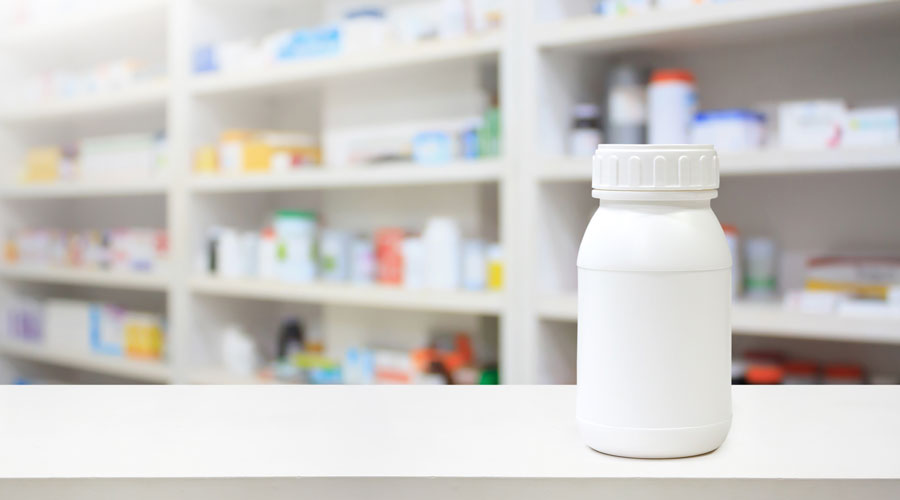Inside: Don’t let payers devalue your pharmacists’ professional skills. Use these creative strategies to make sure your independent pharmacy gets paid for providing clinical services.
Independent community pharmacies are excited to provide more clinical services. So long as they can get paid for them.
But pharmacists still haven’t gained provider status in most states, which limits what payers will reimburse for. And payers hesitate to reimburse pharmacies for services traditionally offered only in clinics and hospitals. Without the ability to charge payers directly, pharmacies will certainly question the viability of offering clinical services.
But clinical services can serve a pharmacy business well.
“In addition to diversifying your revenue stream, providing clinical services can strengthen relationships with your patients and with the healthcare providers in your community,” said Kacee Blackwell, Pharm.D., Coordinator for RxSelect CPESN, which provides enhanced clinical services to optimize medication therapy for improved patient outcomes, quality of care, and value to the healthcare system by including pharmacists as integral members of the patient care team. “They also offer the opportunity for new patient referrals for your existing dispensing services.”
Reimbursable clinical services
Some pharmacy services already qualify for reimbursement even without provider status.
Pharmacy services that qualify for reimbursement:
- Immunizations
- Medication therapy management (MTM) services like comprehensive medication reviews (CMRs) (reimbursed by Medicare Part D)
- Targeted interventions for gaps in therapy or poor adherence
Pharmacists can also receive reimbursement for two diabetes programs:
1. Diabetes Self-Management Education, which requires accreditation
2. National Diabetes Prevention Program.
And payers are slowly starting to pay for more services. “Regional variations apply, but some payers are looking to pharmacists to provide services for better asthma or heart failure management,” Blackwell said. “Many payers are interested in pharmacist support for alleviating the opioid crisis and are beginning to reimburse for services to identify and monitor high-risk patients or to dispense and counsel on naloxone.”
Beyond those options, pharmacies will have to get creative if they want to earn money for clinical services.
Getting paid for clinical services
All healthcare providers work under a value-based payment model. Hospitals, health systems, and primary care clinics are being held to increasingly higher standards of care, which means they’re always looking for new ways to improve patient outcomes. Mounting evidence of positive pharmacist-led outcomes has made them more amenable to partnering with retail pharmacies to provide certain clinical services—and to pay for them.
“There are several reimbursement models in practice,” Blackwell said. “Some pharmacies share a portion of the clinic’s fee-for-service payments and others contract with the clinic to use their pharmacist at an hourly rate,” she said. “Some health systems may be willing to share their value-based incentive payments with partnering pharmacies if their outcomes are shown to relate to pharmacist interventions.”
Clinical services pharmacists provide include:
- Annual wellness visits
- Chronic care management
- Assisting in care transitions, such as hospital discharge
Pharmacies can also work directly with an organization, such as a local employer to assist in employee health programs.
Or, pharmacies can charge patients cash for clinical services. Patients may pay out-of-pocket if they value the service enough. Or, if they prefer the convenience of a pharmacy rather than a physician’s office.
“The consumer marketplace for weight management products is abundant. Patients are likely willing to pay cash for a successful weight management program in the pharmacy setting,” Blackwell said. “In addition, many patients are willing to pay cash for niche services, such as hormone-replacement therapy consultations, smoking cessation classes, and point-of-care or CLIA-waived testing.”
J.J. Peek, Pharm.D., Clinical Services Director at MaxCare Rx, said he’s seen patients pay cash for blood pressure monitoring services, especially if they’re newly diagnosed.
Making payers pay attention
Although payers reimburse for more services today than a few decades ago, they still don’t have full buy-in. That makes it challenging for independent pharmacies to demonstrate their value.
“Payers continue to view pharmacy as a cost center and devalue pharmacists’ professional skills,” Blackwell said. “We all need to do a better job of ensuring that payers know that supporting community pharmacy services is an investment in better health outcomes through appropriate medication use.”
The 2017 NCPA Digest, an annual publication from the National Community Pharmacists Association (NCPA) that profiles the independent community pharmacy market, showed current trends pointing to quality of care and patient outcomes as growing drivers for reimbursements.
Independent pharmacies can prove their contribution to quality of care by tracking and measuring their outcomes. Make sure you trace outcomes back to the services you provided.
“There is a large gap in awareness of the value that pharmacists provide to the health system,” Blackwell said. “Data is more valuable today than ever before, and positive outcomes get payers’ attention.”
The more data payers have, the better they can justify their payments. Data demonstrates that pharmacy services are a worthwhile return-on-investment, Peek said.
Also, tell others about the work you do. “Share your story,” Blackwell said. “If you have contacts within a payer organization, whether it’s an insurance company, an HR department, or your local government, make sure they know what you are doing—and willing to do—for the health of your patients.”
Maximizing revenue with clinical services
Billing for clinical pharmacy services and getting paid is only one challenge. You also have to figure out how to incorporate clinical services into your pharmacy and deliver them to patients.
“Starting a new service may require additional staff and resources or a new workflow model,” Blackwell said. “Obtaining patient buy-in may be a challenge for some services, particularly because pharmacists have traditionally given their time and expertise for free.”
Once you decide how to fit new services into your workflow and existing operations, you have to determine what tasks within these services to delegate.
“Possibly the most overlooked issue in pharmacy-based clinical services is the appropriate utilization of staff resources,” Blackwell said. “Many pharmacists choose to take on the entire process from start to finish, while support staff technicians or clerks could do many of these tasks more cost-effectively. Recognizing these more efficient workflow opportunities improves the probability for financial success.”
Incorporating clinical services isn’t easy, but the hard work will pay off in the long run.
“Some say that the future of community pharmacy’s financial success will depend on offering clinical services,” Blackwell said. “This may not be due to the added revenue that the clinical services bring in. But by showing our value to the rest of the healthcare team and to the patient community, we gain important allies in the fight to advocate for keeping dispensing at a local level.”
3 Ways to Earn Revenue from Clinical Services
If payers won’t reimburse your retail pharmacy for clinical services, try these ways to earn revenue.
1. Partner with healthcare providers
2. Offer services patients will pay cash for
3. Join a health system network
Options to Get Paid
Consider adding these clinical services to your pharmacy. Or, partner with a healthcare provider to increase revenue and referrals.
Option 1: Get Reimbursed by Payers by Billing for Pharmacy Services
- Asthma management
- Diabetes management
- Heart failure management
- Immunizations
- Medication therapy management
- Opioid-related services
Option 2: Partner with Providers
- Annual wellness visits
- Chronic care management
- Medication adherence
- Transitions of care
Option 3: Charge Patients
- Blood pressure screening
- Cholesterol screening
- Hormone-replacement therapy consultations
- Lab tests
- Pharmacogenomics
- Point-of-care or CLIA-waived testing
- Smoking cessation classes
- Weight management












